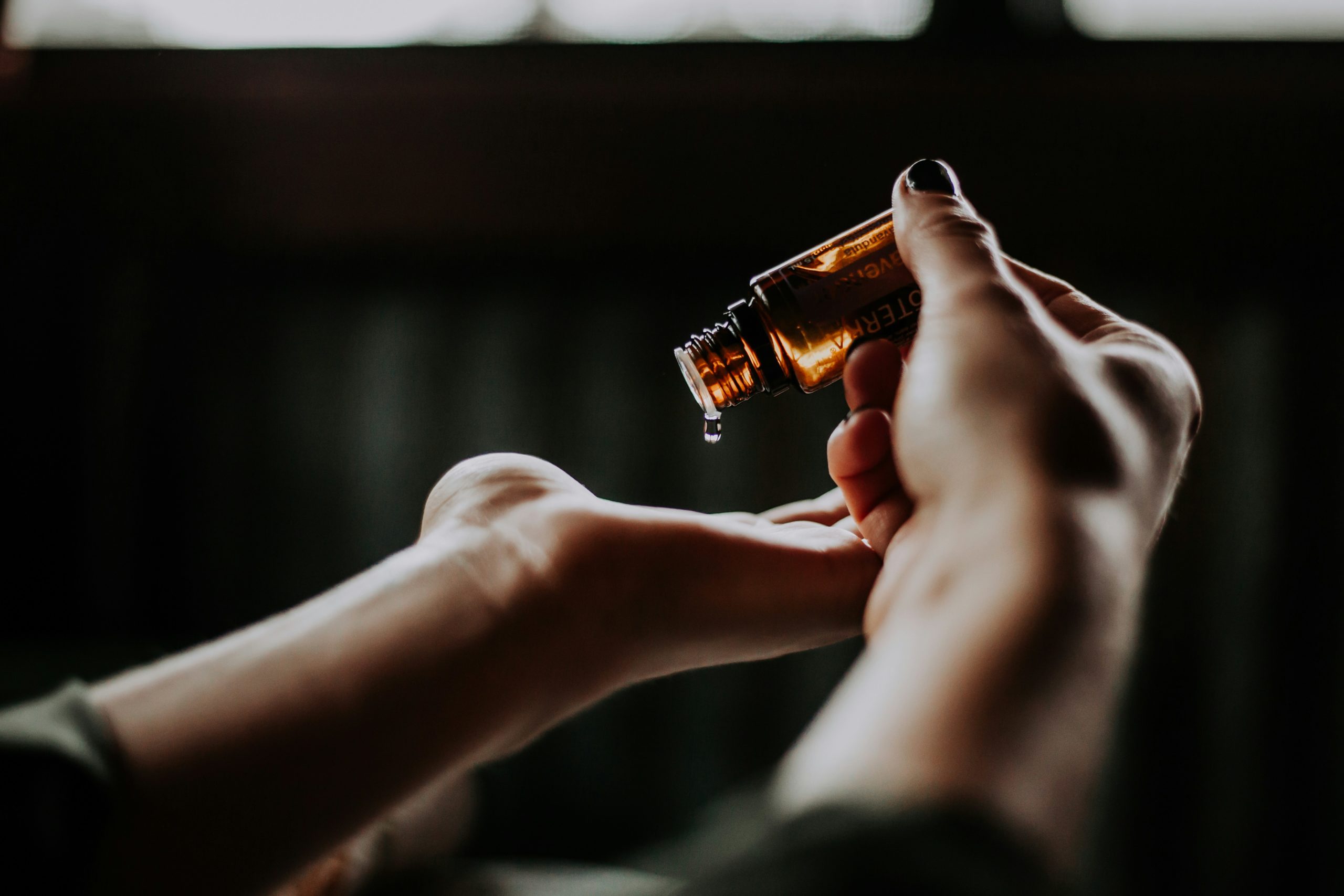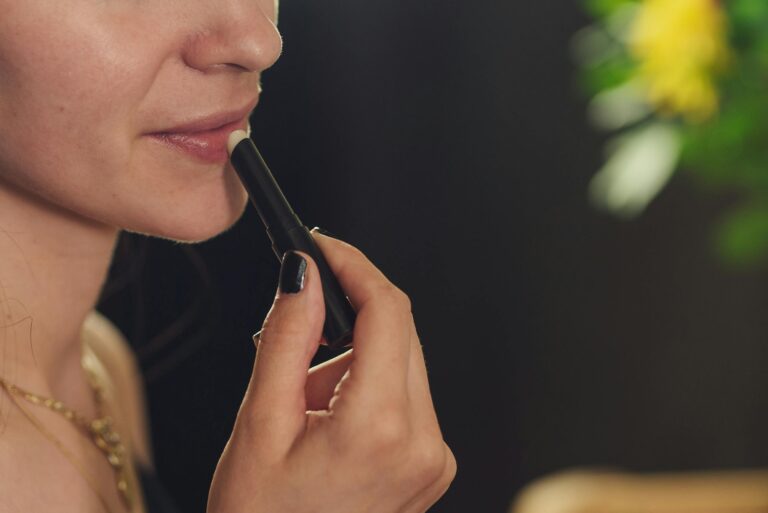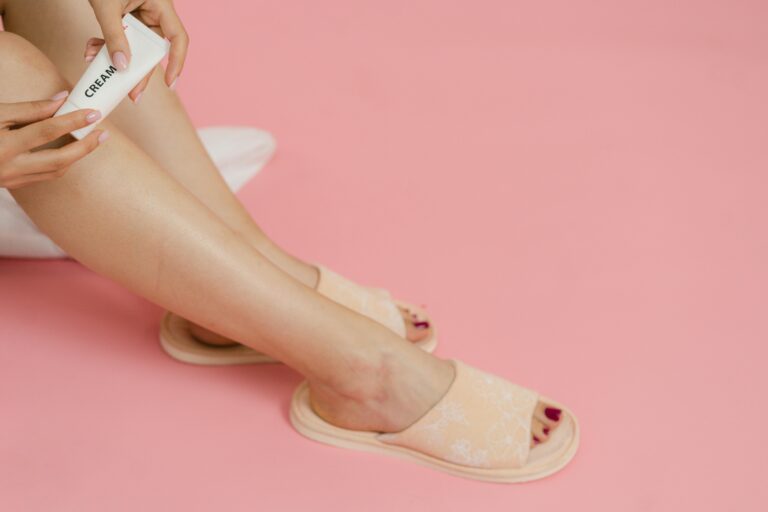In a world inundated with synthetic skincare products, there’s a growing interest in returning to nature and harnessing the power of botanicals for skin care. Herbal-infused oils offer a natural and effective way to nourish and pamper your skin, providing a multitude of benefits without the use of harsh chemicals or additives.
Whether you’re looking to address specific skin concerns or simply indulge in a luxurious self-care ritual, creating your herbal-infused oils allows you to tailor your skincare routine to your unique needs and preferences.
Join us as we explore the art of herbalism and learn how to create your botanical-infused oils for radiant and healthy skin.
The Benefits of Herbal-Infused Oils
Herbal-infused oils are potent elixirs that combine the healing properties of herbs with the nourishing properties of carrier oils. From soothing inflammation to promoting collagen production, these botanical-infused oils offer a wide range of benefits for the skin, making them a versatile addition to any skincare routine.
By infusing herbs into carrier oils, you can extract their beneficial compounds, including antioxidants, vitamins, and fatty acids, which nourish and rejuvenate the skin from within.
Whether you’re dealing with dryness, acne, aging, or irritation, there’s an herbal-infused oil to address your specific skincare concerns, providing targeted solutions for a radiant and healthy complexion.
How to Create Herbal-Infused Oils
Creating your own herbal-infused oils is a simple and rewarding process that allows you to customize your skincare formulations to suit your preferences and needs. Here’s a step-by-step guide to get you started:
- Choose Your Herbs: Select high-quality dried herbs based on your skincare goals. Popular choices include calendula for its soothing properties, lavender for its calming effects, and chamomile for its anti-inflammatory benefits.
- Select Your Carrier Oil: Choose a carrier oil that suits your skin type and preferences. Common options include jojoba oil for its similarity to the skin’s natural oils, sweet almond oil for its moisturizing properties, and coconut oil for its antibacterial and antifungal properties.
- Prepare Your Ingredients: Measure out your herbs and carrier oil in the desired ratio. A general guideline is to use approximately one cup of dried herbs for every 8 ounces of carrier oil, but you can adjust the ratio based on your preferences and the potency of the herbs.
- Infusion Method: There are several methods for infusing herbs into oil, including the cold infusion method, hot infusion method, and solar infusion method. Choose the method that best suits your needs and equipment availability.
- Strain and Store: Once the infusion process is complete, strain the oil to remove the herbs, then transfer the infused oil to a clean, dark glass bottle for storage. Label the bottle with the date and ingredients used, and store it in a cool, dark place to prolong its shelf life.
Popular Herbs for Infused Oils
While there are countless herbs that can be used to create infused oils, some are particularly well-suited for skincare due to their therapeutic properties. Here are a few popular herbs commonly used in DIY skincare formulations:
- Calendula: Known for its soothing and healing properties, calendula is a popular choice for addressing inflammation, irritation, and minor wounds.
- Lavender: With its calming and balancing effects, lavender is ideal for soothing sensitive or irritated skin, reducing redness, and promoting relaxation.
- Chamomile: Chamomile is prized for its anti-inflammatory and antibacterial properties, making it a valuable ingredient for soothing acne-prone or sensitive skin.
- Rosemary: Rich in antioxidants and antimicrobial compounds, rosemary is excellent for promoting circulation, toning the skin, and combating signs of aging.
- Rose: Rose petals are prized for their hydrating and rejuvenating properties, making them a luxurious addition to anti-aging formulations and dry skin remedies.
Using Herbal-Infused Oils into Your Skincare Routine
Once you’ve created your herbal-infused oils, there are countless ways to incorporate them into your skincare routine for maximum benefit. Here are a few ideas to get you started:
- Facial Serums: Blend your infused oils with other nourishing ingredients like essential oils, hyaluronic acid, or vitamin E to create custom facial serums tailored to your skin’s needs.
- Moisturizers: Add a few drops of your infused oil to your favorite moisturizer or body lotion to boost hydration and enhance the nourishing properties of your skincare products.
- Massage Oils: Use your infused oils as massage oils to relax tired muscles, soothe aching joints, and promote overall relaxation and well-being.
- Hair Treatments: Apply your infused oils to the scalp and hair as a pre-shampoo treatment or leave-in conditioner to nourish and strengthen the hair follicles, promote hair growth, and add shine.
- Bath Oils: Add a few drops of your infused oil to a warm bath for a luxurious and indulgent spa experience, leaving your skin soft, smooth, and beautifully scented.
Conclusion
Creating your herbal-infused oils for skincare is a rewarding and empowering process that allows you to harness the healing power of nature and tailor your skincare routine to your unique needs and preferences. By selecting high-quality herbs, choosing the right carrier oils, and following simple infusion methods, you can create potent elixirs that nourish, rejuvenate, and pamper your skin from head to toe. Whether you’re looking to soothe inflammation, combat signs of aging, or simply indulge in a luxurious self-care ritual, herbal-infused oils offer a natural and effective solution for radiant and healthy skin.
FAQs
Q1: Are herbal-infused oils suitable for all skin types?
Yes, herbal-infused oils can be suitable for all skin types, but it’s essential to choose herbs and carrier oils that are compatible with your specific skin concerns and preferences.
Q2: How long do herbal-infused oils last?
Herbal-infused oils typically have a shelf life of six months to one year, depending on the ingredients used and storage conditions. To prolong their shelf life, store them in a cool, dark place away from heat and sunlight.
Q3: Can I use fresh herbs instead of dried herbs for infused oils?
While dried herbs are generally preferred for infused oils due to their lower moisture content, you can use fresh herbs if you prefer. However, fresh herbs may introduce moisture into the oil, increasing the risk of spoilage, so it’s essential to monitor the infusion process carefully and store the oil properly.
Q4: Are there any herbs to avoid in infused oils?
Some herbs may be irritating to certain individuals or cause allergic reactions, so it’s essential to research each herb’s properties and potential side effects before use. If you have sensitive skin or specific allergies, consider doing a patch test before using infused oils on larger areas of the skin.



